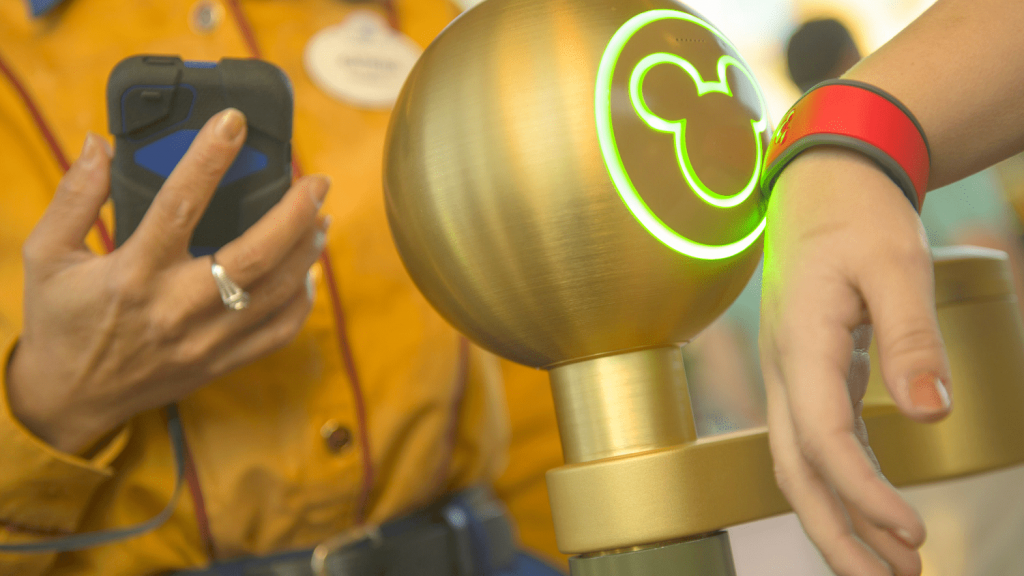Digital transformation is almost a given for business today — they are either on the journey or on the other side. Or they are focused on doing more with and scaling the digital environments they have been rapidly developing during the pandemic.
No matter where a business is at, it must be able to pivot and shift, sense and respond to the wants and needs of customers. This isn’t easy when you consider the complex components of an organisation’s ecosystem — products, experiences, websites, apps, self-service gateways etc.
In between each of these parts is one thing — data. It connects the front-end experience to the back end so customers can expect a seamless and speedy resolution to their experience providing them with the information they need, help solve the problem they have or understand how to do better next time for them.
This brings us to omnichannel or connected experiences. It’s how experiences, not channels, are changing the entire service and support landscape, from the front desk to the backend, all of which is tied together with data.
Skip forward to key topics and themes:
Standout omncichannel experiences
Tips for creating connected experiences
The next frontier of omncichannel: connecting the physical and digital
What is an omnichannel experience?
From email to phone, e-commerce to physical retail, or any combination of all these, customers now expect consistency and flexibility regardless of the touchpoint.
A truly connected experience leverages and maintains context across channels, so that no matter where or how a customer reaches out to you, it feels like one continuous conversation.
Omnichannel experiences are increasingly influenced by trends too, for example:
- Consumer trends: Today’s consumers are always online, being greeted with greater personalisation and choice wherever they go. The coronavirus pandemic has only accelerated this trend.
- Organisational trends: Pressure to deliver the ‘new normal’ to consumers, reduce costs when meeting customer needs and compete on experience in an overcrowded market.
- Tech trends: Maturity with voice and chat, AI-driven personalisation, and the availability of always on data from cloud platforms are changing what’s possible.


Examples of omnichannel experiences


Disney MagicBand
Disney knows magic and experience like no other company. From booking, to park entrance, to leaving – a visitor’s journey is all connected by the Disney MagicBand, a personalised wristband featuring a scannable RFID chip.
Your connected experience begins when booking a ticket and picking rides on the Disneyland website. With your information and preferences loaded – MagicBand will act as your personal assistant that ties everything together. You can use it as a room key, park entry, purchases, and to accumulate loyalty points and discounts. Tying a visitors park experience into one seamless magical experience of offers, convenience and value.
At every scan the Magicband system generates data for Disney – building a picture of the customers visit from booking to returning home – enabling analysis of the customer’s experience to measure and improve. MagicBand delivers more than just value for the customer, it helps Disney become a better service provider too.
Coles Click&Collect smart lockers
An example from closer to home are Coles’ Click&Collect smart lockers, linking physical inventory, online ordering and in-person contactless pickup with convenient physical lockers. Customers choose when and where to collect their order rather than having to wait for a delivery.
Omnichannel experiences aren’t always an exercise in innovation; they are often born out of necessity. However, prerequisites include an understanding of customer requirements and expectations, along with some way of connecting data and services.With the rush on online grocery delivery, Click&Collect smart lockers became a safer option than entering and shopping in an actual store.




David Jones customer assistant
David Jones has been a bastion of traditional department store retail in Australia for decades. But in recent years, it has struggled to keep up with omnichannel customers as a result of outdated systems and processes.
The business set to work on rejuvenating its in-house customer service capabilities. Through an AWS Connect, AI-based virtual assistant, customers are automatically identified by their mobile phone number upon contacting the David Jones call centre, matched with their existing profile in Salesforce CRM.
Thanks to this data-based approach, members of staff are able to greet customers by name as a first step and understand the intent of the customers call – with their reason for calling captured via NLP before connection. This increases efficiency and effectiveness of each call getting to the customer’s need earlier.
So, what do the majority of great omnichannel experiences have in common…
- Connection and interconnection of data and services
- Bringing together the physical and digital for new opportunities
- Measurement and metrics for constant improvement
Where to start with omnichannel experiences?
With omnichannel experiences, it’s always best to start small. But in order to achieve success, you’ll typically need to:
- Understand your customer’s journey – different types of businesses will fit into their customers’ lives in different ways.
- Understand your tech – understand the limitations of your current capabilities or constraints caused by legacy technology.
- Understand your numbers – look at metrics to identify your most pressing issues and where value could be unlocked.
- Remove siloes to allow connection and interconnection – this could be organisational, technology-based or channel-based.
Omnichannel involves a lot of moving parts. But for a business that is well along the digital transformation path, the connection of services, management of data and measuring the impact of omnichannel is undoubtedly easier.
Having said that, even customers with a high digital maturity often need help bringing everything together — the interconnection, integration and flow of data into services. When coupled with the adoption of emerging technologies, long-term perseverage and continual iteration are required to generate results.
But with an experimental mindset and the willingness to upskill, omnichannel experiences represent an extremely advantageous and profitable avenue for several businesses.
What’s next for omnichannel experiences?
We’ve talked about the real-world examples of omnichannel with Disney, Coles and David Jones. But what other opportunities exist when you bring together the physical and digital?
Scenario #1: Physical retail +
Jenny has been shopping online more and more during COVID-19 lockdowns. It’s convenient, cheaper and increasingly personalised, plus getting packages in the post is like Christmas. However, she’s eager to get out shopping again.
How can traditional retailers bring the convenience and personalisation of digital back to bricks and mortar? It’s a case of capitalising on what people have been missing in astore – a personal service and enhanced physical experience.
Customer service staff could be armed with the information they need to provide a smarter physical retail experience including previous buying preferences, sizes, previous purchases and loyalty status – making for a more personalised shopping experience.




Scenario #2: Pre-emptive service
John bought an expensive washing machine in the hope that he would have less problems over its lifetime. This would avoid the possibility of having to call out a technician, which is expensive and hard to arrange, whenever it develops a fault or breaks down.
From purchase and warranty registration to maintenance notifications and pre-emptive servicing, if the product and customer data is connected to devices and mobile, problems can be avoided before they actually happen.
Technologies such as Machine Learning can monitor a machine’s performance and identify patterns. Products can be measured, monitored and improved upon without intervention from a human. Also, customers feel like they don’t need to worry as their chosen brand is ahead of the game.
Scenario #3: Deeper data
Laura is allergic to certain ingredients and usually sticks to a small group of trusted products. But if her product isn’t in stock, does she not get to purchase what she wants? What are her options? This is another opportunity to resolve questions when browsing and buying products in store.
For example, Laura could scan the product with her device and receive information about its origin, food safety facts or alternative recommendations based on previous purchases.
Omnichannel represents an opportunity to solve complex problems and bridge important gaps. In this case, it’s serving readily available information to the customer at the point of purchase where they need it most.


Connecting data to customer value
Modern digital experiences are built on two things – connection and data. This requires:
- Understanding the human context – By knowing what the customer wants and the journey they’ll take to get there, we have the context to provide what’s needed, even before the customer realises it.
- Two-sided value proposition – The loop of a seamless connected service benefits the customer and the business by providing data to better understand behaviours and improve existing services.
To find out how you could bridge the gap between physical spaces and digital experiences through service design, get in touch with us.

